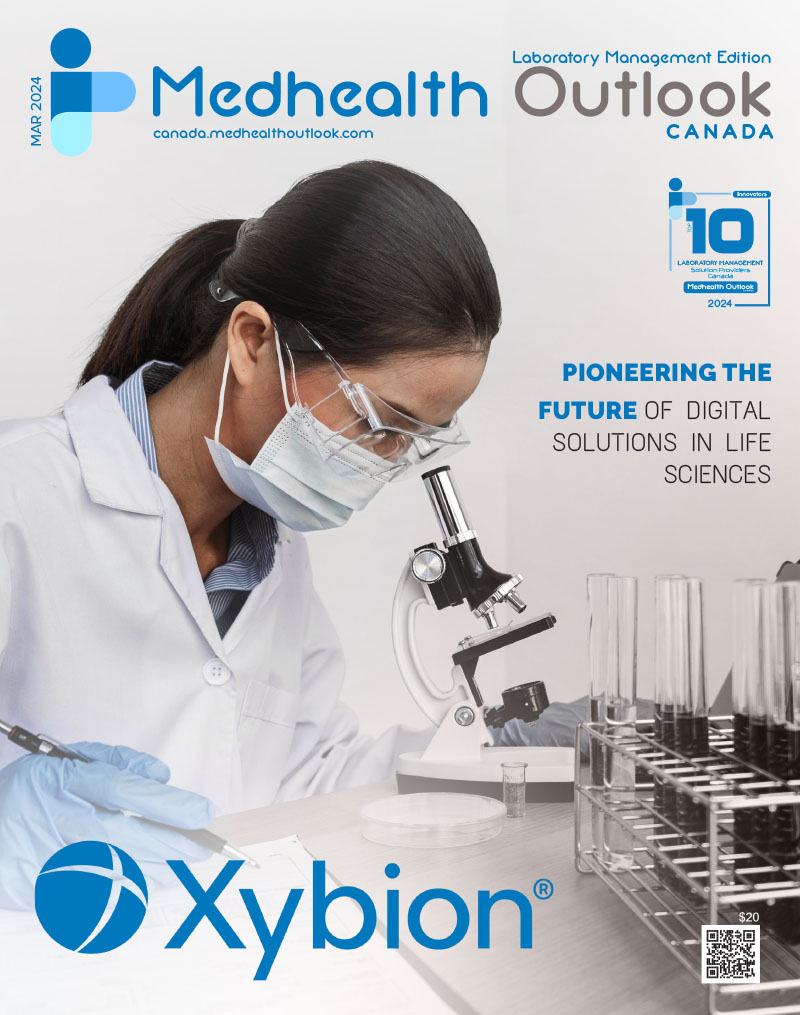Large or small, diagnostics or research, health care or life sciences –today’s labs balance responsibilities that straddle support for patient outcomes, speed of research, operational efficiency, cost control – and increasingly, environmental impacts.
Early attempts at modernizing these functions implemented software solutions to manage the procurement and maintenance of assets, followed by asset tracking technologies that ranged from passive RFID to RTLS systems. These initial digital transformation journeys were often complicated, capital-intensive, and took many years to realize an ROI.
Despite all the progress, two critical data blind spots remain: equipment utilization and equipment condition. These untapped goldmine shave the potential for the largest impact in asset performance management and, consequently, the carbon footprint of a lab.
Advances in “connected” technologies finally are removing these historical barriers and their adoption is creating new opportunities to advance lab operation efficiencies as well as Net Zero goals.
Data Blind Spots
In a typical lab, asset inventory is diverse, comprised of multiple types and models of equipment from different manufacturers and of varying generations. This diversity poses a challenge to the industry to make utilization and equipment condition data easily accessible. Without a centralized view of their assets’ utilization, condition, maintenance, and procurement information, labs are struggling to make the next leap in asset performance management.
Additionally, the procurement and maintenance of lab equipment has long-term implications for space planning, HVAC design, and the purchase of consumables. Understanding and managing the total cost of ownership of an asset is going to be critical in building the foundations of a more sustainable enterprise.
The impacts of these data blind spots vary depending on the type of lab, as well.
Smaller research and clinical labs, for instance, may purchase used equipment, which often introduces unknowns about reliability, maintenance history, and service needs.
Onsite hospital labs that support emergency room and surgical diagnostic testing typically make up only 10 to 15 percent of a hospital’s overall equipment spend. As a result,they need to do more with less equipment, many times without backups, so service is priority.
In high-throughput diagnostic labs that depend on reliable equipment uptime, utilization is not the problem, equipment failure is. Corrective service and equipment backups, therefore, are workflow necessities.
Plugging into a New Narrative
Regardless of type, labs endure an endless stream of requests for unplanned corrective maintenance, asset availability, preventive maintenance, and even procurement. The data gap is an obvious one. But knowledge, as they say, is power.
Today, simple IoT technologies such as the smart plug are providing that “power” – removing data blind spots and connecting the larger asset picture. The result is changing the narrative for forward-thinking labs and their service providers.
Consider, for instance, the influence of centralized asset utilization, capacity, location, and service data across these common scenarios:
- Unplanned Downtime With a centralized view of asset data, a lab manager can identify – and shift – workloads to assets that have available capacity in order to minimize disruption to operations. Service for the failed asset, as a result, does not have to be immediate and can be scheduled during non-emergency service hours.
- Usage-Based Maintenance Service contracts as well as service level can be based on real-time asset utilization versus calendar year. As asset-sharing becomes common practice to maximize available equipment capacities, this utilization data is critical to adjusting service levels based on frequency of use. On the flip side, if an asset is used only periodically, preventive maintenance can be shifted from an annual schedule to, for instance, 18-month intervals to reduce costs.
- Predictive Monitoring A critical capability for high-throughput labs, predictive monitoring also can protect valuable products or experiments. For critical assets such as freezers, businesses are transitioning from basic temperature-monitoring technologies to predictive monitoring solutions that can provide important insight into the health of the freezers.
- Lab Space Growth in the biotech sector is driving demand for lab space which is at a premium. The more than 15.6 million square feet of speculative construction underway as of Q1 2021 is still not enough to meet current tenant requirements for space, according to CBRE.1 Data can drive more efficient use of existing resources and space, for instance, if it shows that the lab can reduce the amount of equipment it needs.
- Sustainability Turning equipment off when not in use is not going to move the needle in any meaningful way because the highest-energy consumers often can’t be shut off. By using the insight into how often equipment is used, the energy they consume, along with historical usage and maintenance trends, labs can make data-driven decisions on whether to buy new, redeploy, or share existing equipment. This larger picture view changes buying behavior, and has the potential for longer-term impacts to a lab’s carbon footprint.
Fueling Efficiency – and Sustainability
With labs’ reliance on specialized equipment and often sterile working conditions, remote lab work simply is not possible. During the pandemic, as essential work continued, new challenges highlighted the inefficiencies in these environments – in particular with large asset management service contracts.
Social distancing and reduced access to labs affected regular service maintenance schedules. Supply chain disruptions affected the availability of parts. And the “great resignation” impacted the service providers’ bandwidth.
Efficiency in all forms can maximize lab output and minimize costs. Asset performance management is an area with the potential for significant impacts on a lab’s efficiencies in workflow, productivity and output – as well as on reducing the lab’s carbon footprint.
But it cannot be effective without data.
Labs and service providers that employ the use of data as a strategic tool in removing the blind spots in asset utilization and condition can make significant strides in reducing inefficiencies across the lab environment – and make better decisions in how assets are utilized, replaced, and even shared – with the added benefit of getting the industry on a clearer path to sustainability.
References













